Introduction
The dry-aged pork or simply the prosciutto is a symbol of Italian gastronomy. And obviously, as all cured meats, it is a highly processed food. Needless to say more, prosciutto is not a dog-friendly food.
If served plain, the prosciutto is not directly toxic to dogs. However, it must not be a regular addition to the menu. Simply put, the dangers of feeding your dog prosciutto outweigh the benefits.
Why is Prosciutto Good for Dogs?
The truth is there are not many reasons to say that prosciutto is suitable for dogs. Prosciutto, the same as all highly processed foods, does not contribute to overall health and welfare. However, if we must say about good about prosciutto, these would be its pros.
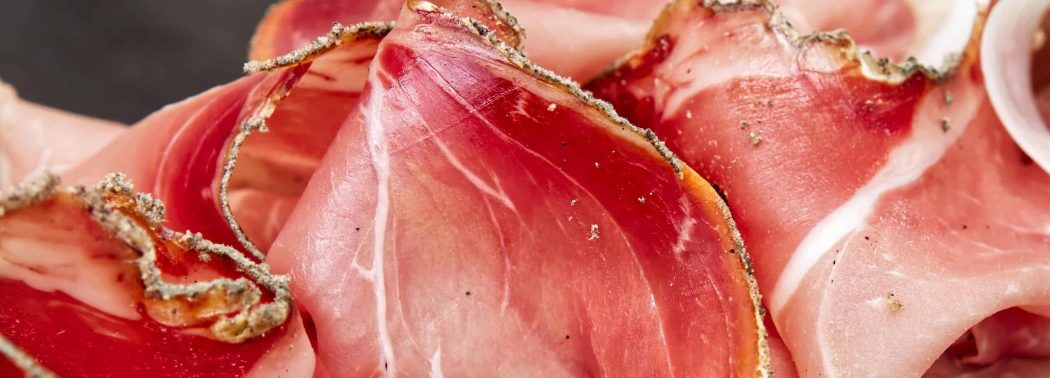
It Is Tasty
This is not a genuine health benefit, but it is worth mentioning. Namely, dogs are carnivores and enjoy eating anything meat-based, including juicy and tasty prosciutto. Same as people, when dogs eat something they really like, they feel happy. So, simply put, we can say that prosciutto makes dogs happy.
Pill Pocket
A small chunk of prosciutto makes an excellent pill pocket. Your dog will be so happy when offered prosciutto it will gulp it down without even knowing there is something hidden inside.
Why is Prosciutto Bad for Dogs?
As you will see, the list of reasons prosciutto is bad for dogs is much longer than the list of benefits. Despite being a meat delicacy, prosciutto is not a dog-friendly food.
Prosciutto poses a severe health hazard for dogs. Here are the top reasons you should not be sharing prosciutto with your dog.
Tummy troubles
This issue is not specific to prosciutto but all human foods. Dogs have sensitive stomachs, and literally, any food can make them upset. The high-fat content in prosciutto increases the risk even more.
Too Much Salt
All cured meats are heavily salted, meaning prosciutto is likely to make your dog severely dehydrated. Plus, if consumed in excess amounts, the high salt content can lead to salt poisoning, which is a potentially life-threatening situation.
High Sugar Levels
In addition to being high in salt, prosciutto is also high in sugars. In this case, sugar is used as a natural preservative. Too many sugars increase the risk of obesity and diabetes.
Fats and Pancreatitis
We already mentioned that the fats in the prosciutto contribute to digestive upsets. However, if consumed regularly or in large amounts, they can cause a more severe condition – pancreatitis.
Nitrates – Preservatives
One of the main preservatives used in prosciutto is nitrates. Once digested, they convert into nitrites, and these newly formed compounds are known carcinogens.
Seasoning, Spices & Herbs
While most herbs are harmless, the spices and seasonings are dangerous. For example, the commonly added garlic is highly toxic to dogs, while black pepper can cause stomach ulcers.
Trichinosis
Dogs can get infected with a parasite called Trichinella spiralis when eating uncooked pork meat such as the prosciutto. The signs and symptoms of trichinosis include vomiting, diarrhea, lack of appetite, dehydration, and severe muscle pain.
Salmonella & Escherichia coli
Parasites are not the only pathogens lurking in uncooked pork meat. Eating prosciutto can also result in bacterial infections with Salmonella and E. coli. Both bacteria cause severe intoxications.
Aujeszky’s Disease (Pseudorabies)
Finally, prosciutto may carry the herpes virus responsible for causing Aujeszky’s disease or, as it is more popularly known – pseudorabies. Sadly, at the moment, there are no known treatments for pseudorabies.
How Much Prosciutto Can my Dog Eat?
The safe amount of prosciutto for dogs is one bite-sized chunk every now and then. By now and then, we mean as infrequently as possible – once or twice per month.
Prosciutto must not be given to puppies. Young puppies are susceptible and are prone to dehydration in cases of stomach upsets. Plus, because of the long list of potential health risks, prosciutto must not be served to dogs with chronic kidney issues, high blood pressure, and diabetes.

How to Prepare and Serve Prosciutto for my Dog?
Before we talk about the prosciutto preparation and serving instructions, we must note that feeding your dog prosciutto is highly inadvisable. However, if you are tenacious about it, make sure you do it right.
First things first, you need to buy the correct prosciutto. Forget about spices and seasonings – the product needs to be plain and as clean as possible (ideally organic). Plus, if not serving it immediately, you need to store the prosciutto in an air-tight container and in the refrigerator.
When serving time, you should slice the small prosciutto chunk and give it to your dog as a snack or add it on top of its regular food. Alternatively, you can make dog-friendly cookies using tiny bits of prosciutto.
Ensuring your dog has easy access to clean and fresh drinking water is essential after giving it prosciutto. As mentioned, this delicacy is high in salt and can cause increased thirst.
Frequently Asked Questions
No, bones are off-limits when it comes to dogs. Contrary to popular belief, bones are a dangerous food with potentially lethal consequences. All bones are hazardous, and prosciutto bones are no exception.
Uncured prosciutto may be a safer alternative to classic cured prosciutto simply because it contains fewer additives (particularly nitrates). However, the remaining dangers are still applicable. Therefore, bottom line dogs should not eat uncured prosciutto.
Summary
Whether dogs can eat prosciutto is something meat-lovers wonder regularly. As disappointing as it sounds, dogs should not eat prosciutto. While tasty and juicy, prosciutto does not offer any health benefits for dogs.
On the contrary, it poses various dangers – from digestive upsets through intoxications to infections. However, if you insist on adding prosciutto to your dog’s menu, we suggest using it as a scarce treat and in tiny amounts.
Sources
- Trichinosis in a dog, L Rice, M K Frongillo, J F Randolph, 1990
- Aujeszky’s disease in dogs and cats, H F Egberink, 1990
- Nitrate, Progress Report, 2021
- Salmonella Infection in Dogs, PetMD, 2009
- E. Coli Infection in Dogs, Hannah Hollinger, 2021
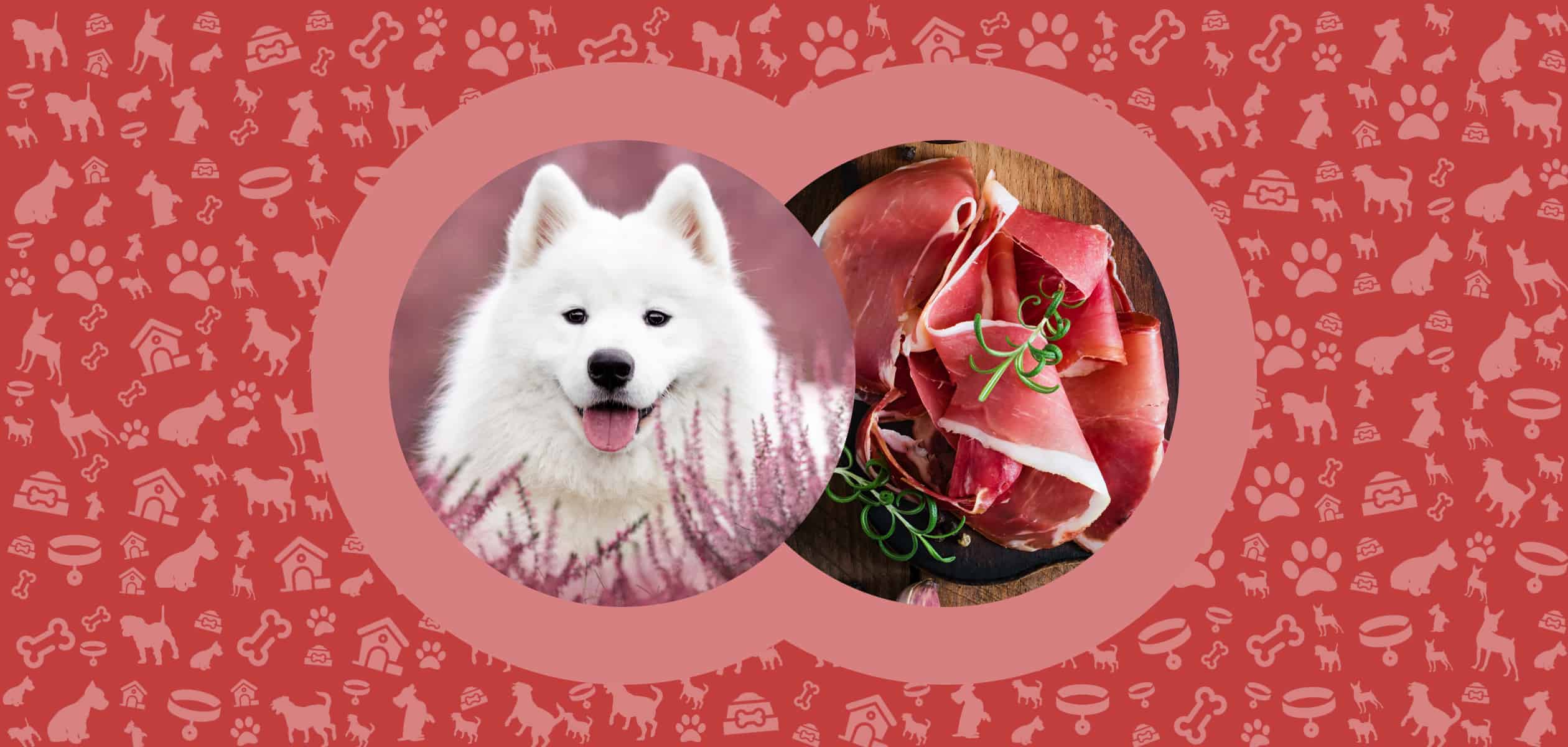
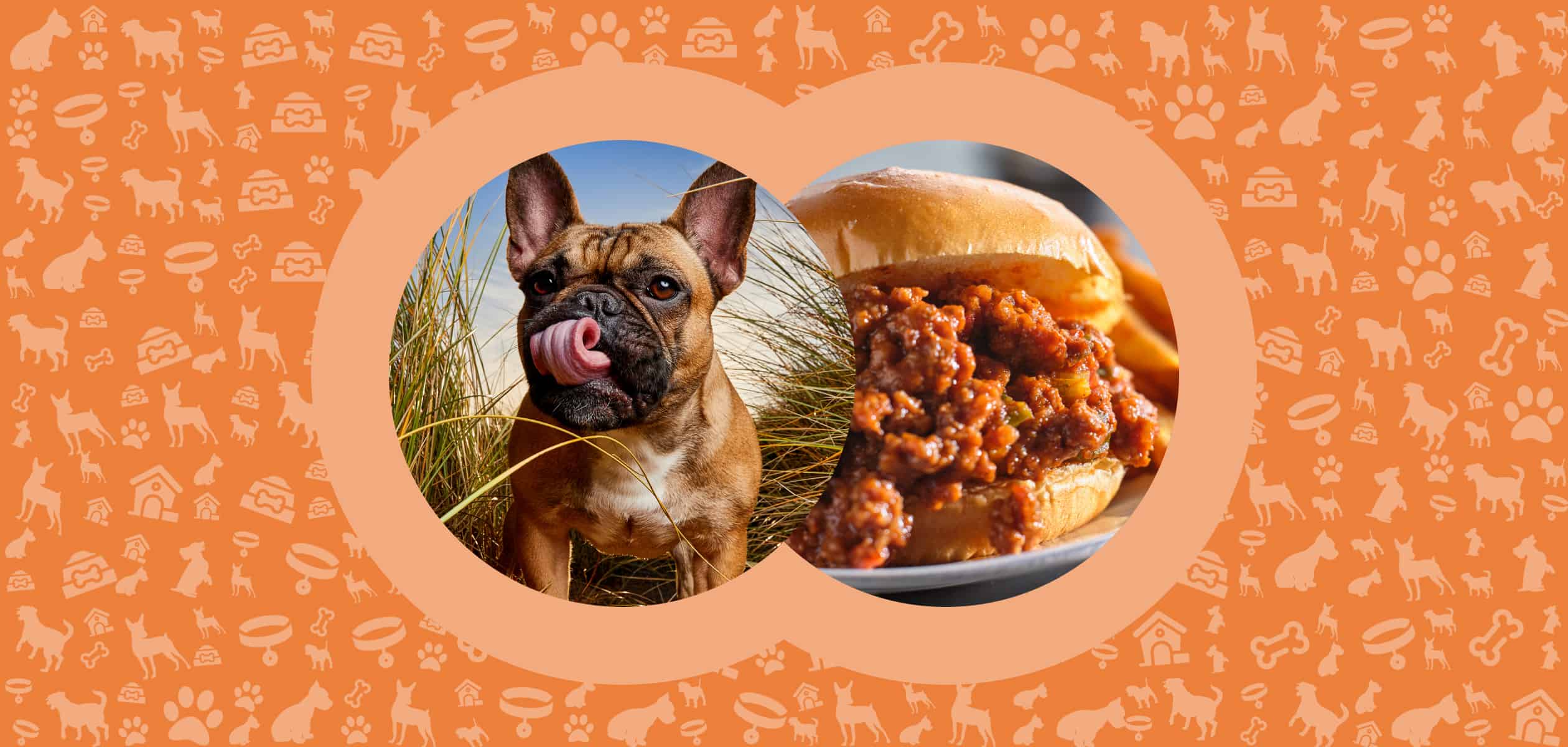

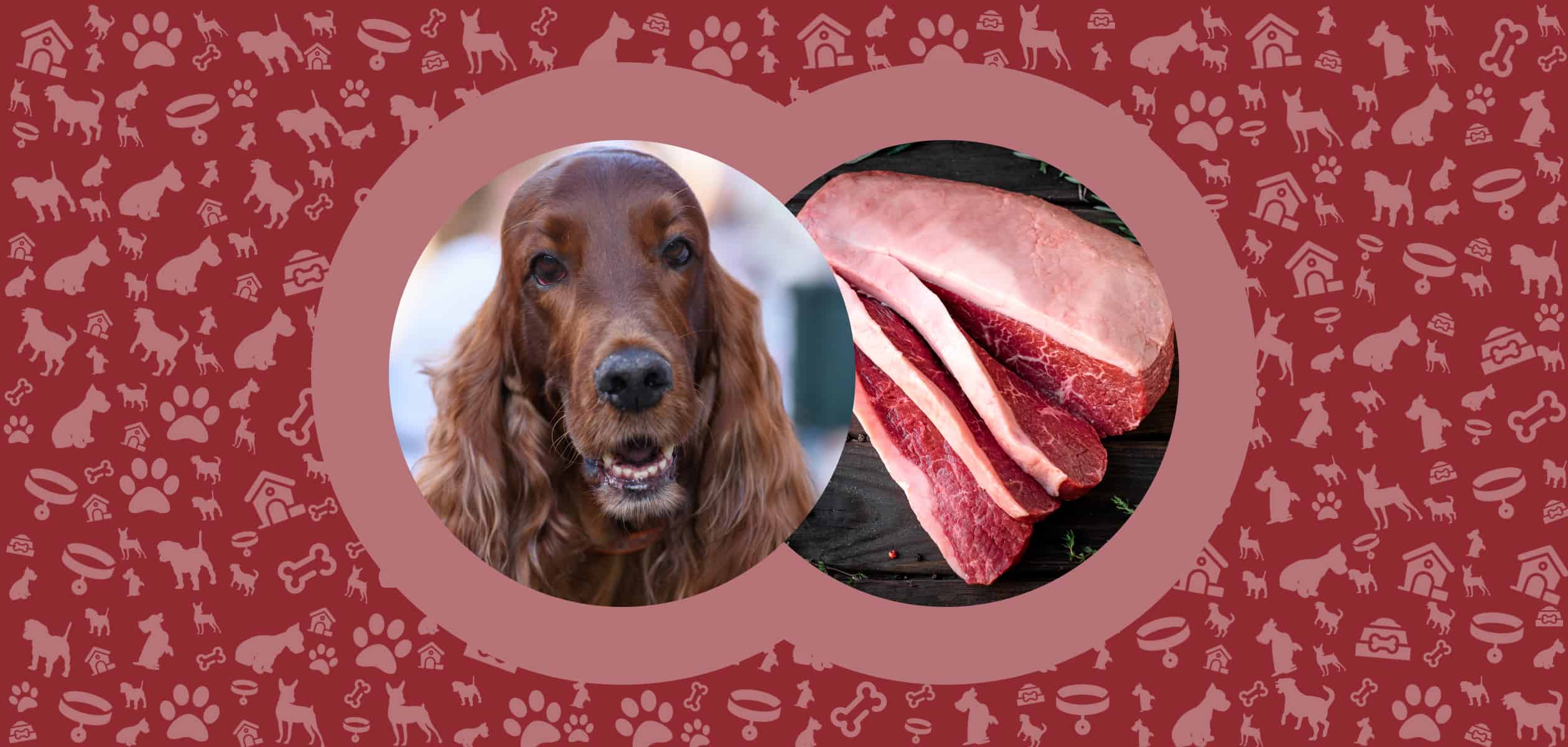
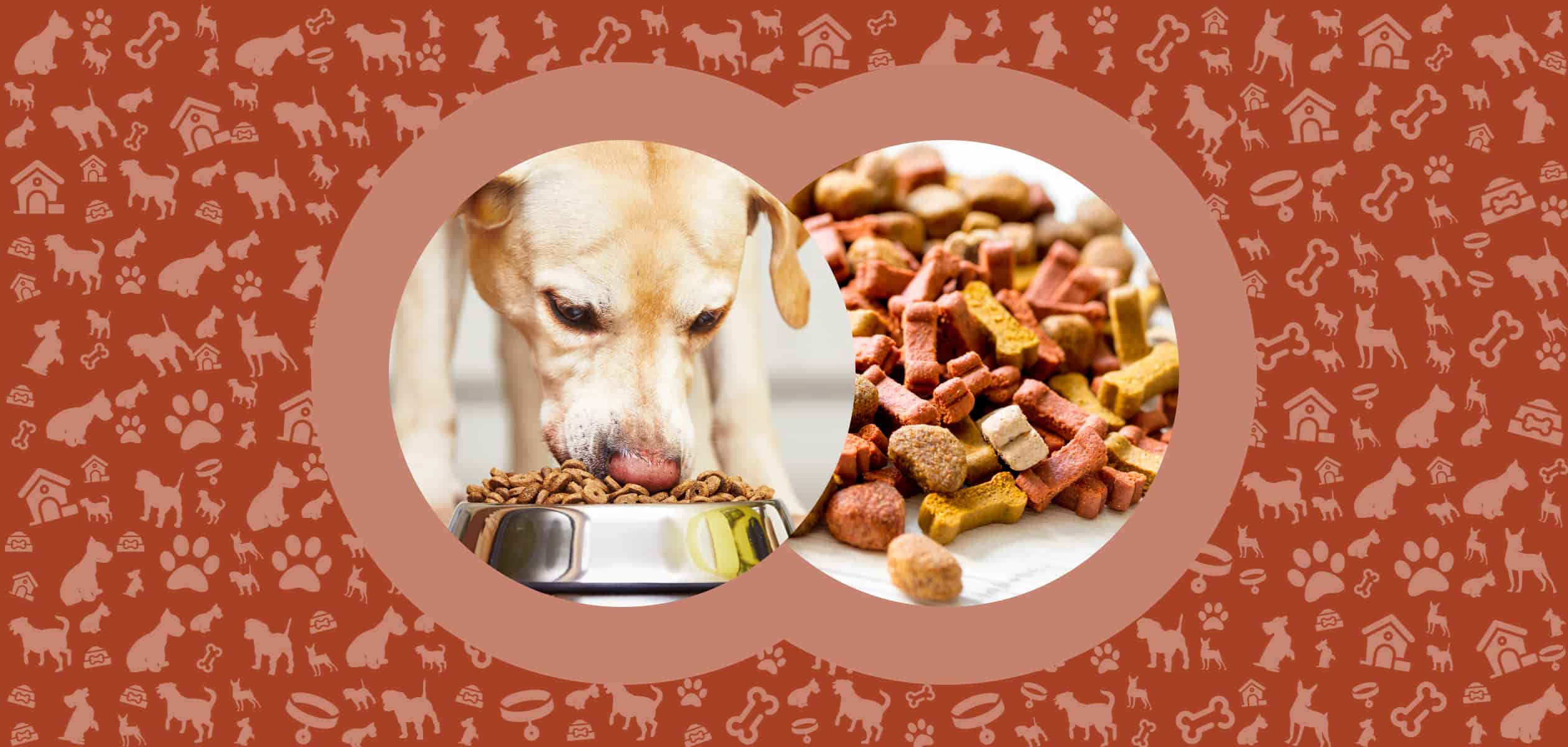
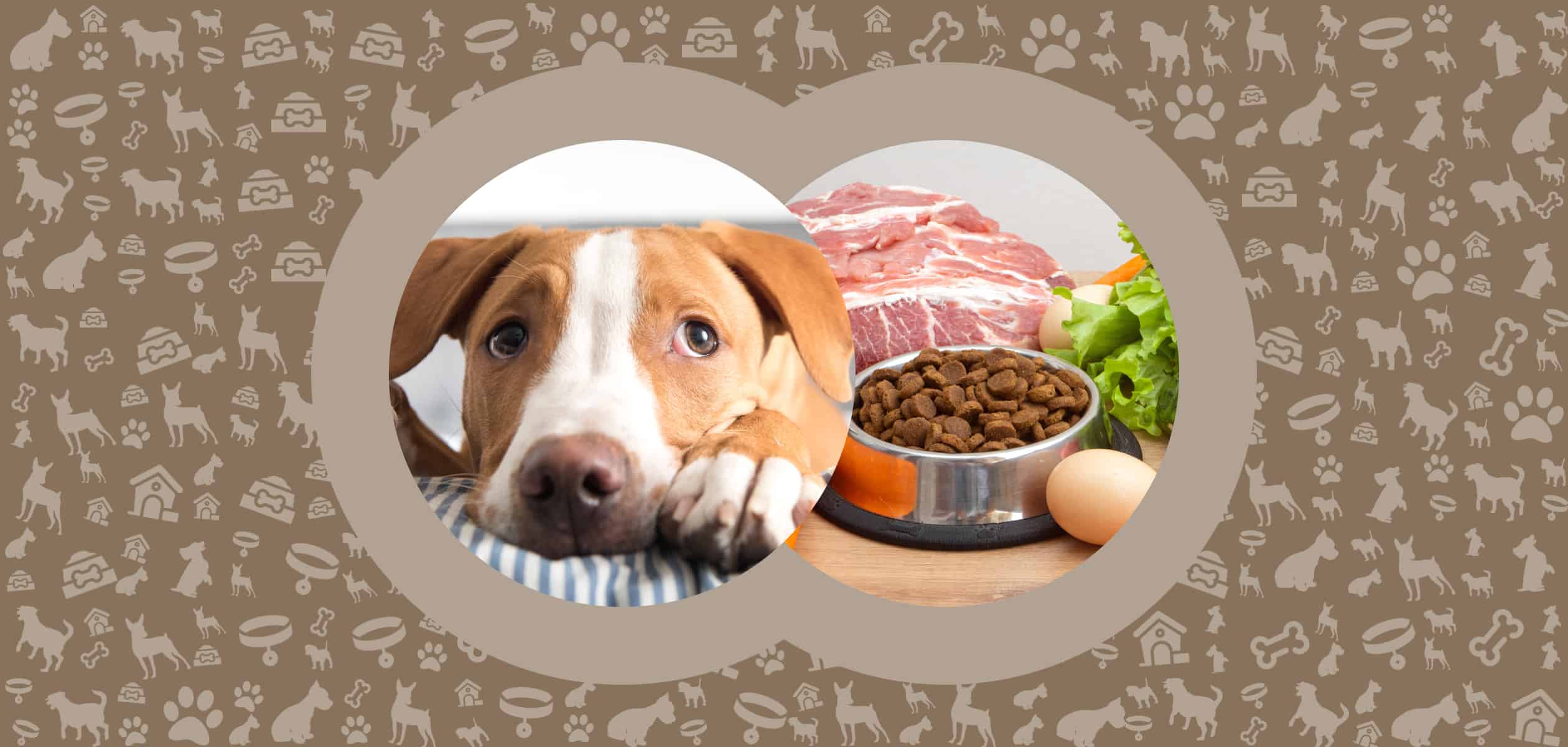
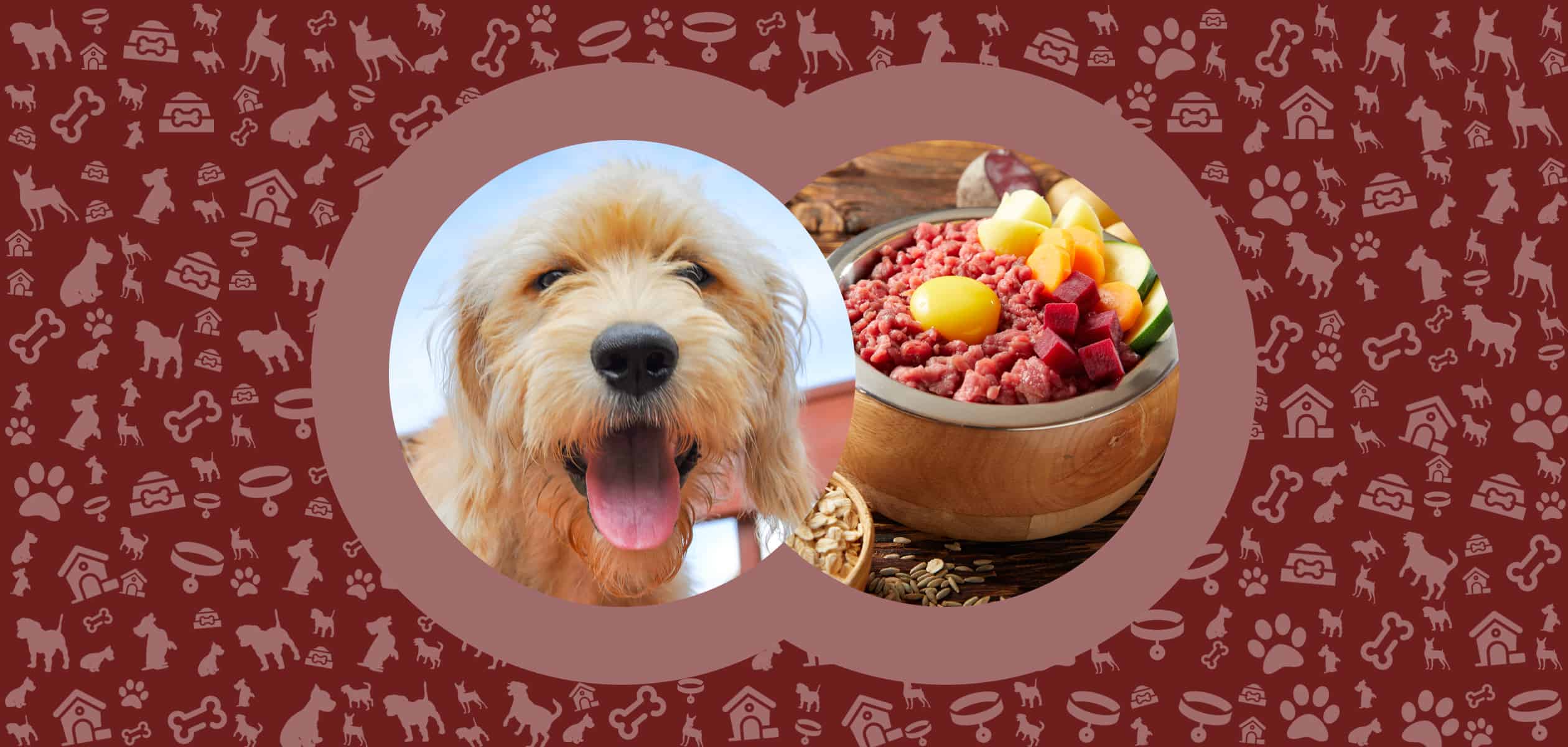
Leave a Comment